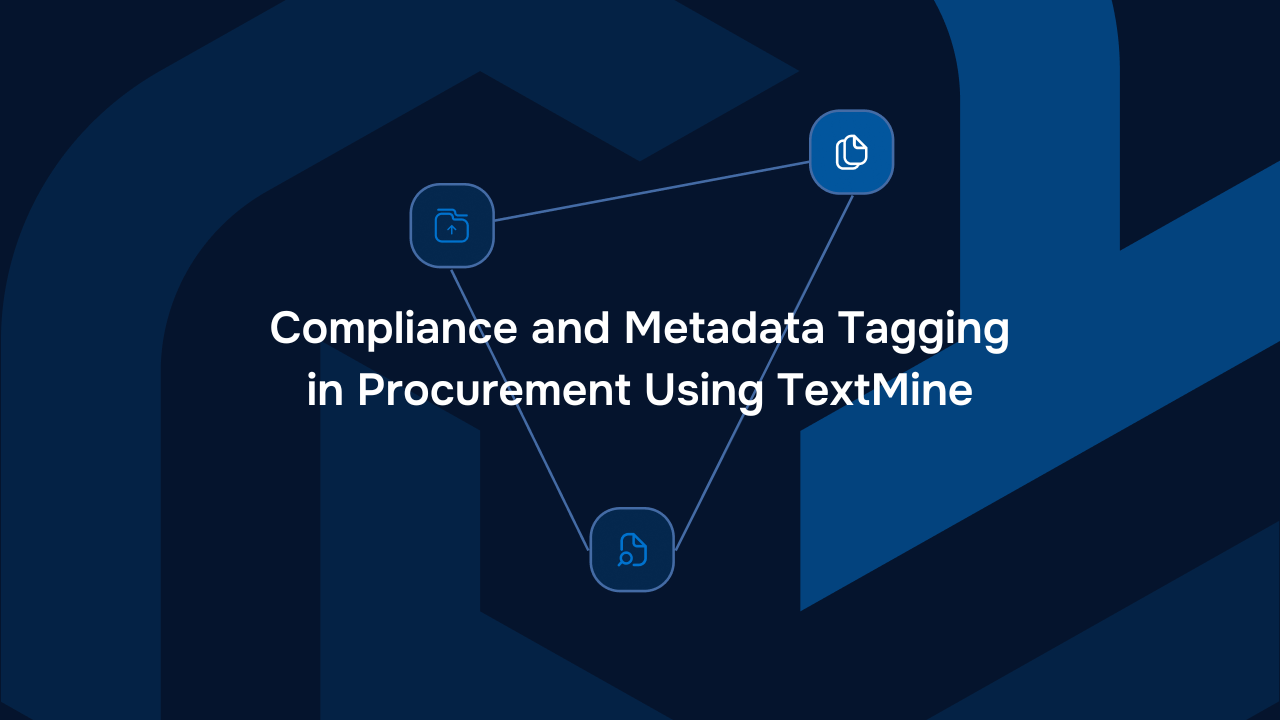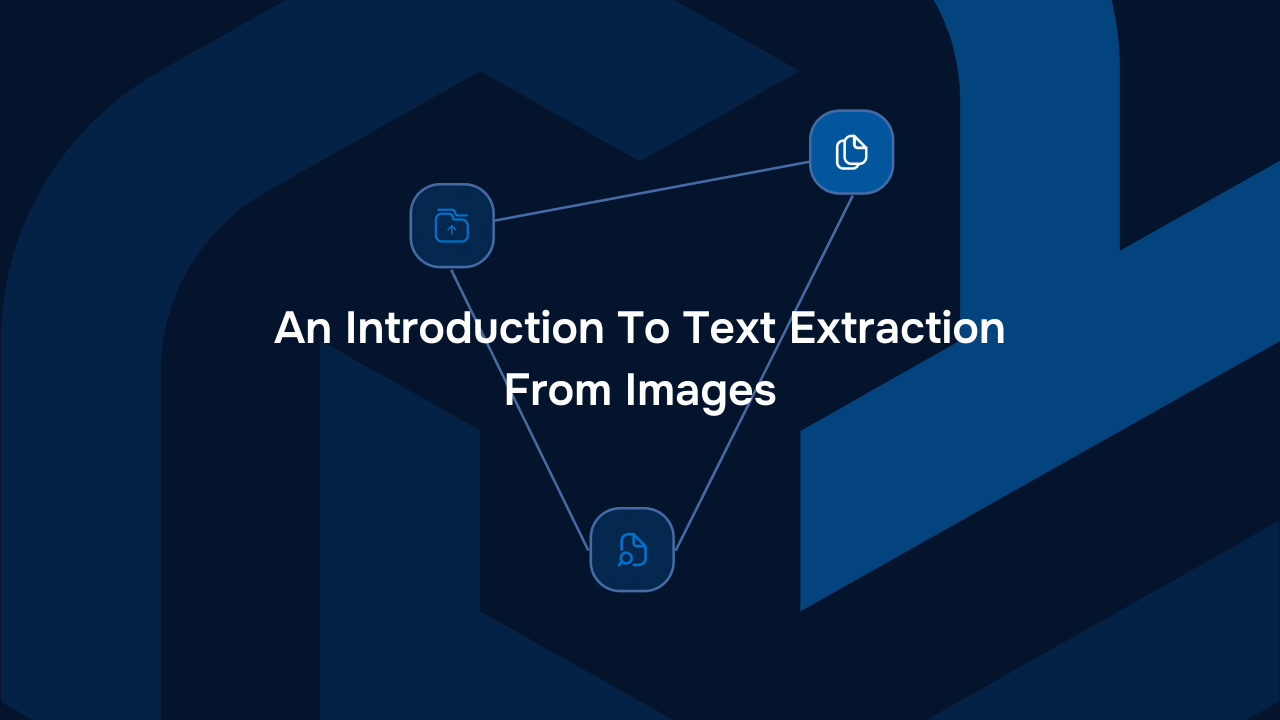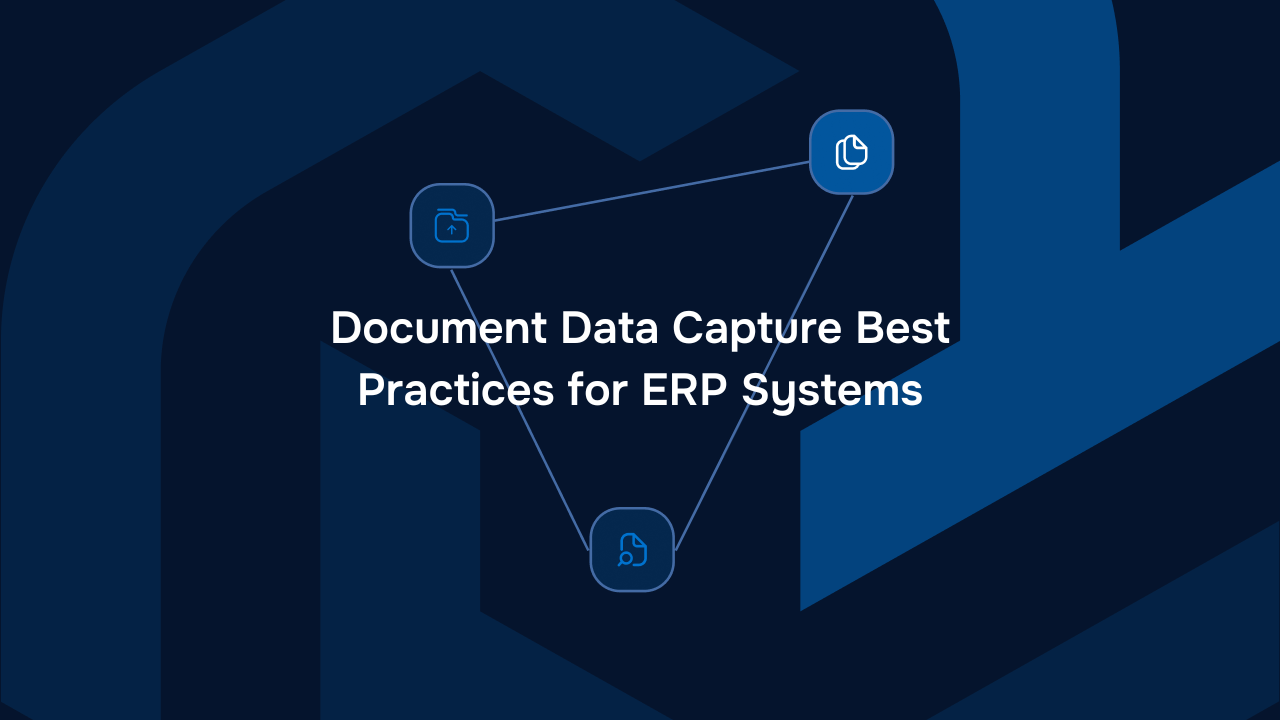How to Build Your Own AI Model


Organisations are sitting on data which can be leveraged to uncover insights and streamline workflows. As a result, they may wish to build their own AI models. Building your own AI model is a great way to control how your model is trained and behaves. This guide will walk you through the basics of creating, training, and implementing your own AI model. It covers:
- Defining the purpose of your AI
- Deciding on your AI framework
- Collecting data
- Designing the model architecture
- Training and interpreting the training data
- Evaluating your AI model
- Adjusting and optimising the model
- Deploying your AI model
- Monitoring and tweaking your model as needed.
Define the AI model's purpose: what problem are you looking to solve?
In a nutshell, AI models are designed to interpret and act on patterns and data sets. Whether you want your AI model to write copy in a specific tone, respond to customer queries, or predict behaviour, you need to have a clear idea of what your AI’s purpose will be. A clear purpose ensures that you know which training data you need and which type of, NLP, machine learning or generative AI model you may need. It's important to note that additional considerations are required when developing your own LLMs.
Set up your environment: choose an AI framework or library
Once you have a clearly defined purpose, the next step is to choose the best AI framework to help you build your own custom models.
There are many open-source frameworks available, each with different strengths depending on what you want to achieve. Some of the most widely-used options are:
- TensorFlow: Built by Google, this framework is ideal for language-based AI tasks.
- Keras: A great intuitive, adaptable option for building deep learning models.
- ScikitLearn: a popular library for building machine learning models
Collect and prepare the data
Data is probably the most important part of building any AI model, and the more comprehensive your data is the better your model will be. Data collection methods include:
- Crowdsourcing
- Using existing datasets
- Scraping data from the web
- Creating or generating new data with online surveys.
If you are struggling to find data for your model, you can adapt the original questions you are looking to answer in order to create more data for your problem. For example, if you are looking to predict a price, instead of predicting the exact price you may wish to predict a range in which the price will fall.
Once collected, data is rarely clean and needs to be prepared, normalised, and organised. There also needs to be sufficient data to have a training and testing split.
Train the model using the training data
Now that your data is prepared and you’ve decided on the AI model library, the training part can begin. AI models have hyper-parameters which define the different learning settings of the model. As the model learns from the data, you’ll be able to tune the parameters and optimise their settings based on the desired outcomes of the model and its performance on the data.
Evaluate the model's performance
After the initial training period, it’s time to evaluate how your model is performing. You’ll need to measure:
- Accuracy
- Rates of false positives
- Precision
- Total errors made by the model.
During this step, you should also evaluate the model for fairness in order to mitigate any potential bias in the model.
Adjust parameters for model optimisation
After testing and evaluating your model’s performance, it’s time to make changes based on the model’s results. Your model may need to be fine-tuned to ensure it performs as expected. This stage could include:
- Retraining your model with better or more comprehensive data sets
- Trying a different framework
- Changing how the model is deployed
- Changing the parameters of the model
- Increasing the size of the data set.
Deploy the AI model in production
Once the model is optimised to your satisfaction, it’s time for it to be deployed. You’ll need to ensure your systems are scaled to handle their implementation and that the model is prepared for real-world use. Make sure you’ve also considered model risks such as security, regulatory compliance, and privacy issues. All of these can cause issues down the line if not carefully managed.
Monitor and update as necessary
Once deployed, you’ll still need to continuously monitor the AI and tweak and update it as needed. This will allow you to fix bugs and update the model if your needs or underlying datasets change. It will also ensure you’re prepared to deal with ‘model drift’, which is often an issue once AI is deployed in real-world situations. This usually occurs when an AI model becomes less accurate over time, leading to poor performance. Continuous monitoring lets you prepare for this, and you can also update your model as new data becomes available.
Conclusion
Building your own AI model is a great first step for allowing your business to become data-driven. With clear goals, meticulous preparation, and flexible optimisation, you can streamline your workflows and unlock organisational insights and efficiencies. However, building your own AI model can require a significant amount of AI expertise and resources. In certain cases, such as document management, it is more effective to work with pre-trained solutions like Vault for document-data extraction tasks. To find out how TextMine can help you leverage large language models, get in touch with a friendly member of our team!
About TextMine
TextMine is an easy-to-use data extraction tool for procurement, operations, and finance teams. TextMine encompasses 3 components: Legislate, Vault and Scribe. We’re on a mission to empower organisations to effortlessly extract data, manage version controls, and ensure consistency access across all departments. With our AI-driven platform, teams can effortlessly locate documents, collaborate seamlessly across departments, making the most of their business data.

Newsletter
Blog
Read more articles from the TextMine blog


From Complexity to Clarity: Transforming Supplier Agreement Analysis with AI


Compliance and Metadata Tagging in Procurement Using TextMine


An Introduction To Text Extraction From Images






